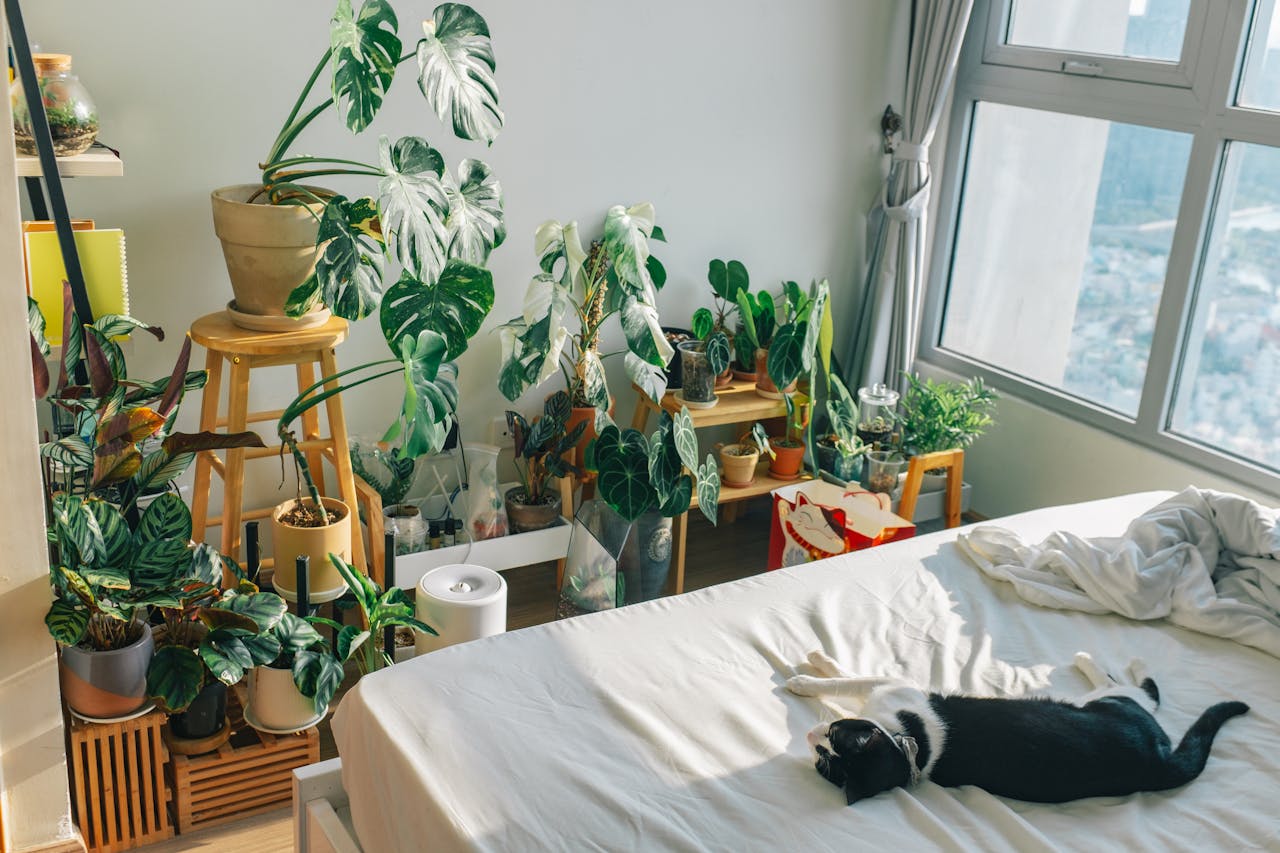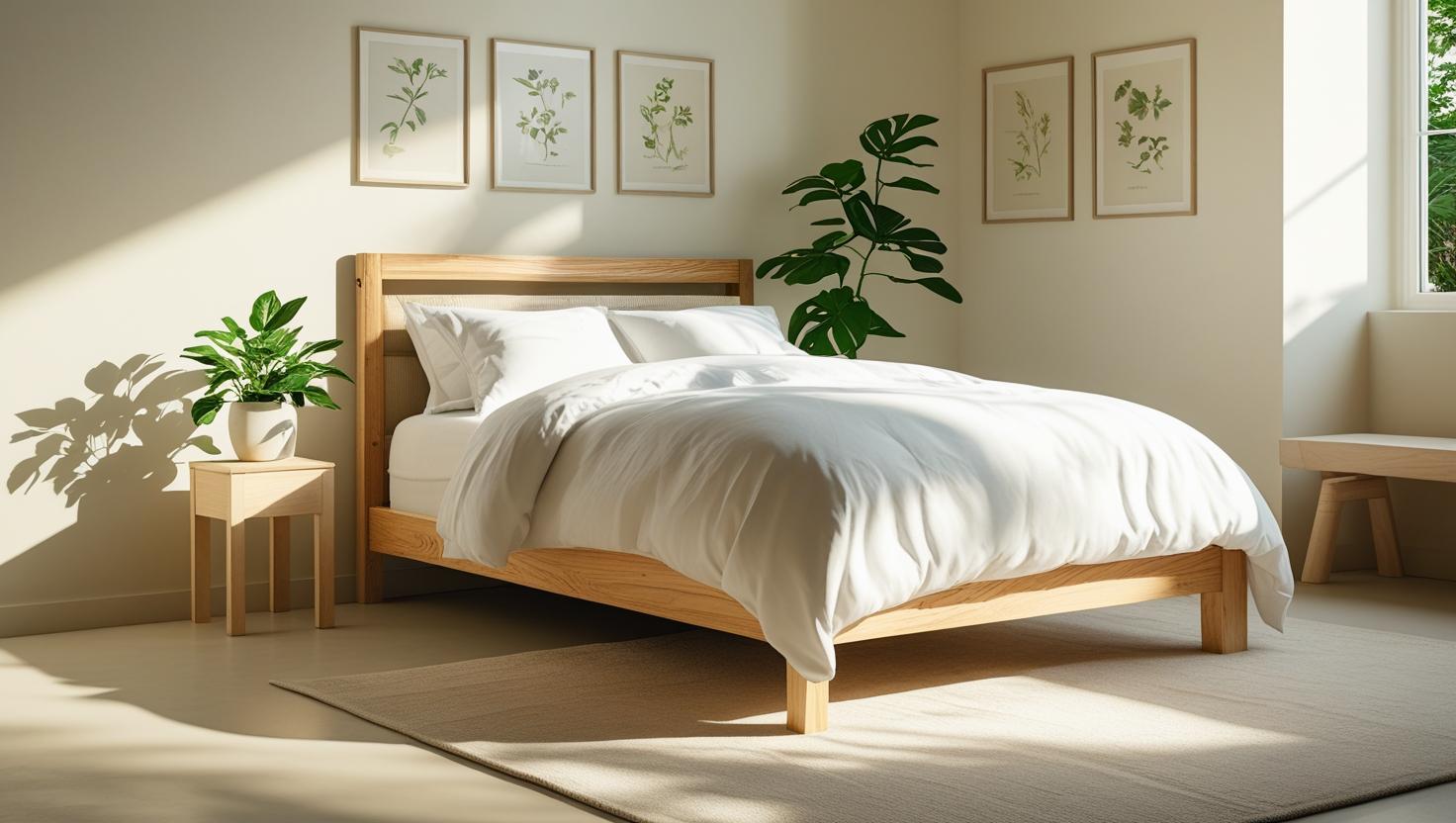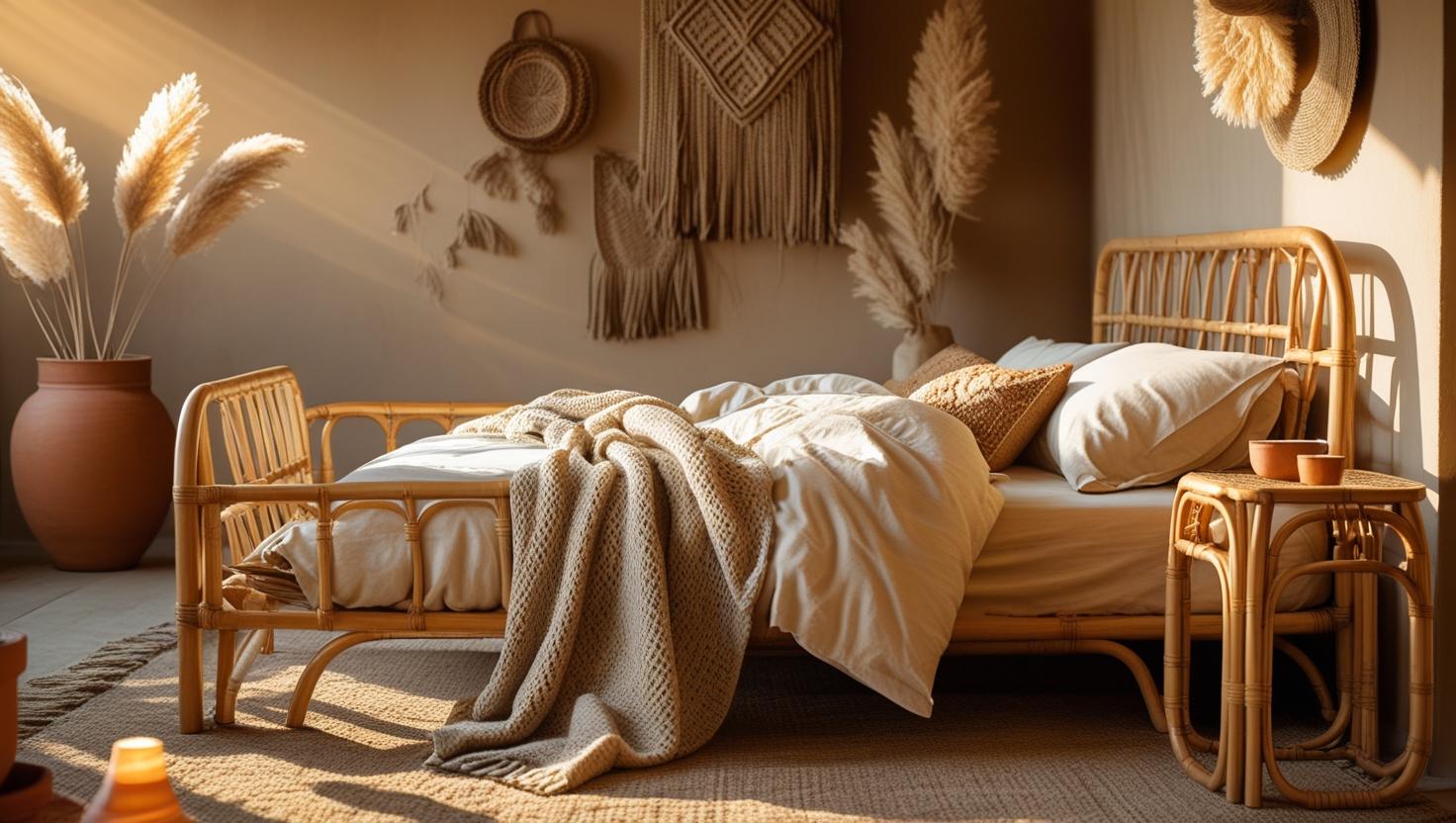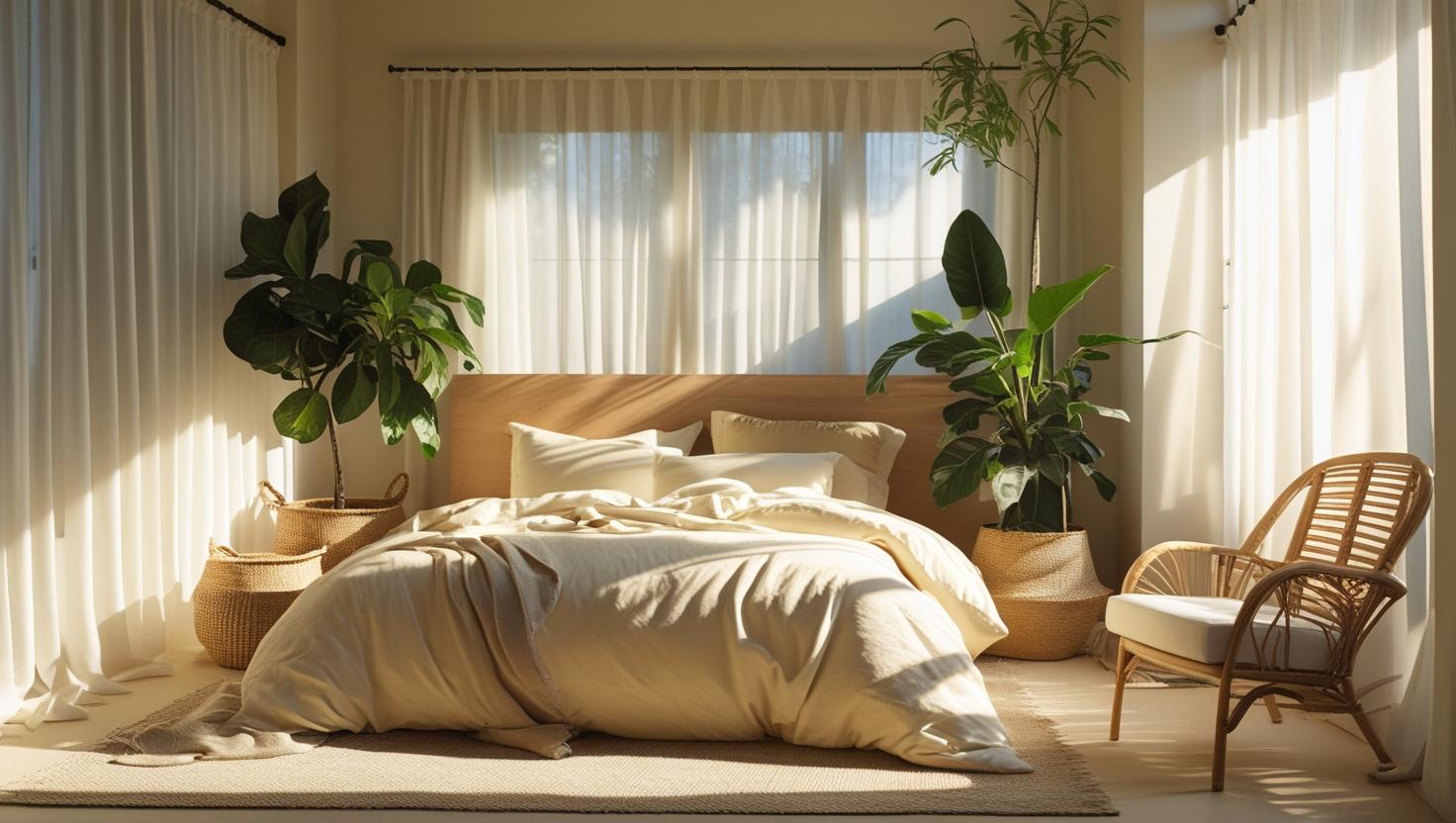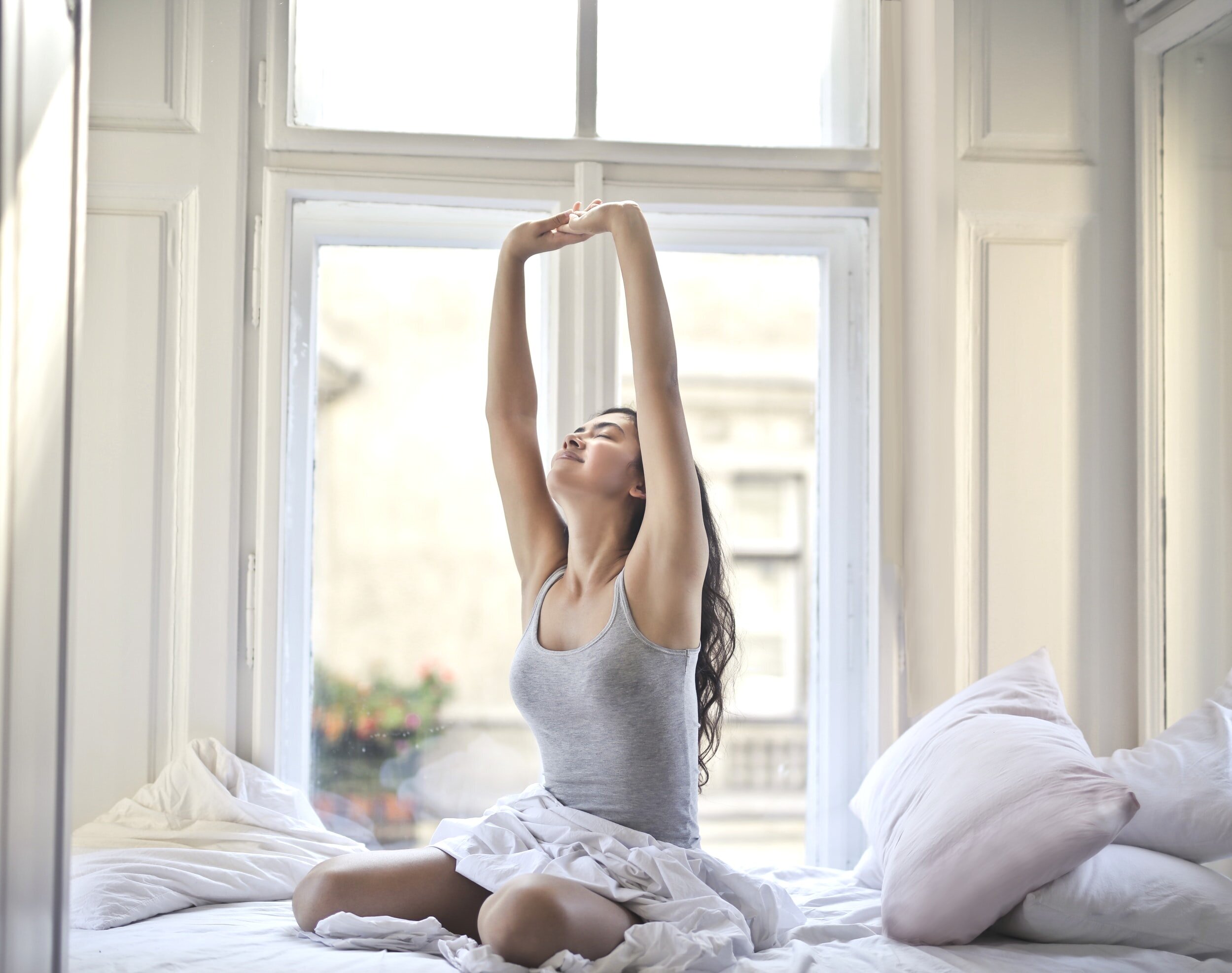Sleep Deprivation Effects on the Brain — and How to Fix It
Quick answer: Sleep deprivation effects hit your brain first—slowing reaction time, weakening memory consolidation, and destabilizing mood.
The fix is a consistent sleep window, light and caffeine timing, and wind-down habits that restore deep and REM sleep. Below you’ll find the exact, science-backed steps to reverse the damage and protect long-term cognitive health.
Key Takeaways on Sleep Deprivation Effects
- Focus & speed drop fast: Even 1–2 short nights impair attention, decision-making, and reaction time.
- Memory consolidation stalls: Skimping sleep blocks your brain’s “save” function for new learning.
- Mood regulation suffers: Less sleep = more irritability, anxiety, and emotional reactivity.
- Long-term risk rises: Ongoing deprivation is linked with cognitive decline over time.
- Recovery is doable: Tight sleep schedule, evening wind-down, and better light/caffeine timing restore healthy brain function.
Sleep Deprivation Effects on Brain Function and Focus
Summary: When you cut sleep, the brain can’t complete nightly maintenance—so attention, processing speed, and decision quality drop the very next day.
Your brain isn’t idle during sleep. It’s clearing metabolic waste, repairing neural connections, and strengthening learning. Shortchange that process and you’ll notice the effects fast.
Common ways lack of sleep messes with your brain:
- Sluggish thinking: Slower reaction times, poor focus, and that awful brain fog
- Weakened memory: Struggling to learn new things or recall details
- Poor emotional control: Feeling irritable, frustrated, or just overly sensitive
- Risky decisions: Bad calls, impulsivity, and decreased creativity
Want to boost your brain power and focus again? Start building better sleep habits with these
10 sleep hacks for falling asleep faster.
For an overview of daily performance impacts, see the NASM guidance on sleep deprivation consequences.

Sleep Deprivation Effects on Mental Health Conditions
Summary: Chronic sleep loss destabilizes the brain’s emotion circuits and stress hormones, increasing risks for anxiety, depression, and mood swings.
Here’s where things get serious—sleep debt throws off cortisol rhythms and reduces access to “feel-good” neurotransmitters, which makes everyday stressors feel overwhelming.
How poor sleep can wreck mental health:
- Anxiety and panic attacks: Heightened stress response and cortisol spikes
- Depression: Reduced serotonin and dopamine balance
- Mood swings: Lower tolerance for frustration; reactivity rises
- Psychosis risk: Severe, prolonged sleep loss can trigger hallucinations or paranoia
Long-term findings (e.g., from ResMed and other sleep research summaries) associate persistent sleep deprivation with higher rates of anxiety and depression.
Looking to fix your sleep from the ground up? Don’t miss the
Ultimate Sleep Guide — a step-by-step blueprint for healthier, deeper rest.
Cognitive Consequences of Sleep Deprivation on Memory and Learning
Summary: Without adequate sleep, your brain can’t properly encode, store, or retrieve information—so learning slows and forgetfulness rises.
Ever reread the same paragraph and nothing sticks? That’s a memory-consolidation issue from lost sleep. Over time, chronic deprivation is linked with a higher risk of cognitive decline.
Why your memory suffers when you don’t sleep:
- New memories can’t form: It’s like your brain’s “save” button doesn’t work
- Slower learning speed: Everything feels harder to absorb
- Long-term decline risk: Ongoing poor sleep is associated with cognitive disorders
Thanks to advances in sleep science and practical tools, you can protect your brain—starting with better nightly routines and sleep hygiene. Explore supportive habits here:
essential oils for sleep.

How Sleep Loss Disrupts Emotional Regulation
Summary: Sleep restores top-down control from the prefrontal cortex; when you’re short on sleep, that control weakens and emotions swing wider.
Snapping after a rough night isn’t “just a mood”—it’s the brain struggling to keep reactions in check. Rebuild stability with consistent sleep windows and a gentle evening wind-down.
How quality sleep strengthens emotional stability:
- Balances cortisol, lowering stress levels
- Boosts positive thinking patterns
- Builds resilience and patience to handle daily challenges
If you’re ready to feel calmer and more in control, structured techniques and personalized rituals—like those in the Ultimate Sleep Guide—can make a big difference.
FAQ
- How many hours of sleep do I need to avoid sleep deprivation effects?
- Most adults function best with 7–9 hours nightly. Consistency matters as much as total time—aim for the same sleep and wake window daily.
- Can I “catch up” on sleep over the weekend?
- Short-term recovery helps, but a yo-yo schedule keeps you groggy. Prioritize a steady schedule and earlier wind-down throughout the week.
- What are the fastest fixes for brain fog from poor sleep?
- Anchor your wake time, get morning daylight, time caffeine before early afternoon, and create a 45–60 minute wind-down. See 10 sleep hacks for falling asleep faster.
- Do naps help with sleep deprivation effects?
- Short power naps (10–20 minutes) can briefly restore alertness without harming night sleep. If you’re very sleep-deprived, nap earlier in the day.
Related reading from Cozy Bed Quarters
- How Sleep Affects Productivity and Focus
- 10 Sleep Hacks for Falling Asleep Faster
- Ultimate Sleep Guide
Other reading we found popular


